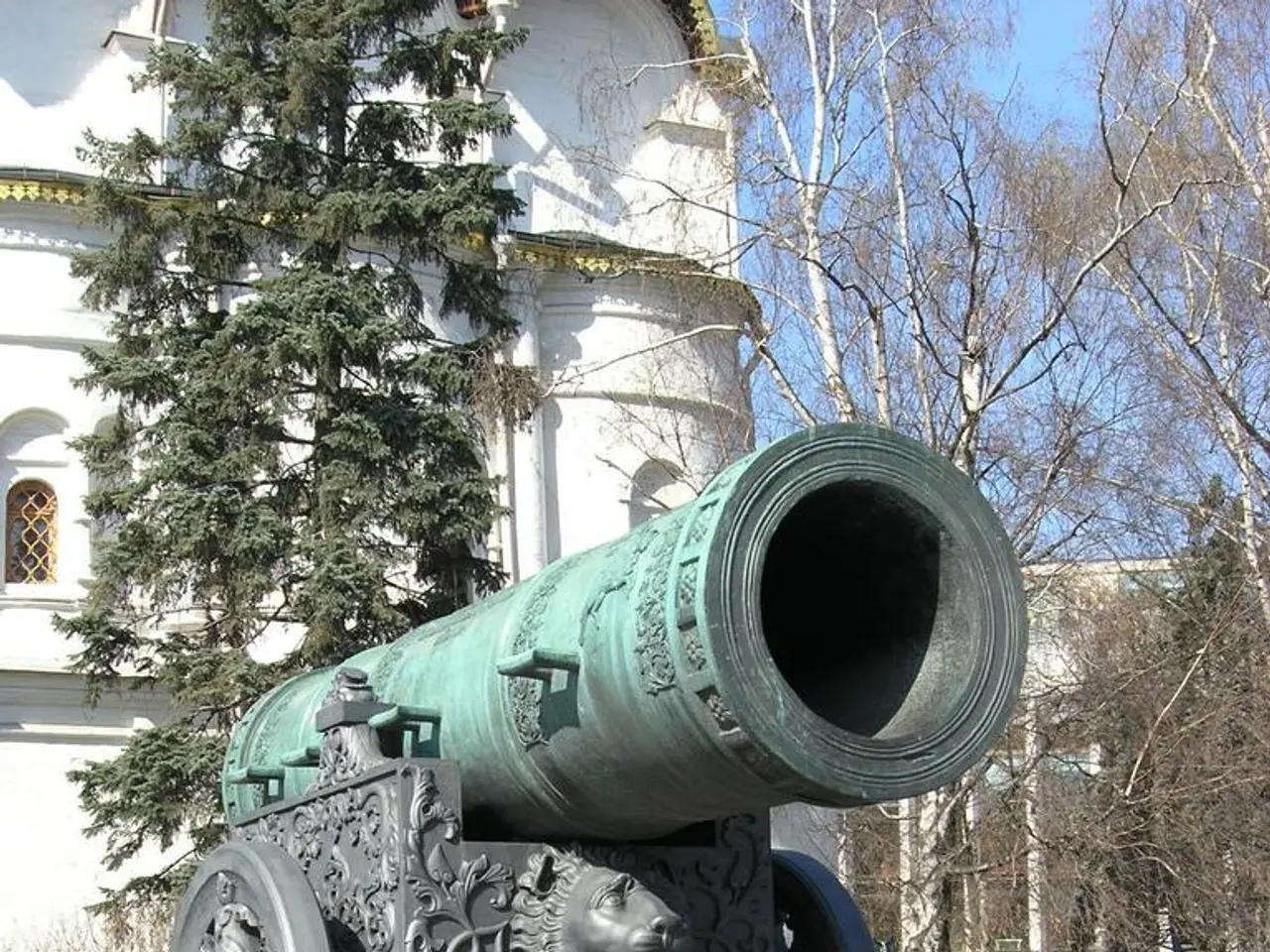Overnight until August 2, a total of 12 drones were annihilated over the Kuban and Azov seas.
In August 2022, a series of drone attacks by the Armed Forces of Ukraine targeted strategic locations across Russian territory, aiming to disrupt Russian military logistics and energy infrastructure. These strikes were part of Ukraine's strategic campaign against Moscow's war effort.
One notable incident occurred in the Krasnodar region, near Sochi, where a Ukrainian drone attack resulted in a major fire at an oil depot in the Adler district. The fire engulfed a large fuel tank (approximately 2,000 cubic meters), requiring the efforts of over 120 firefighters to contain. Sochi, known as a resort city and host of the 2014 Winter Olympics, is not typically a target for such attacks, making this incident significant both militarily and symbolically.
The attacks also extended to other regions, including the Voronezh, Belgorod, Azov Sea, and Crimea. In the Belgorod region, two drones were shot down, and four more were brought down in the Voronezh region. Traffic was halted on the Crimean Bridge, and the air defense system was activated in the Primorsko-Akhtarsk district of the Krasnodar region, around midnight. Seven drones were shot down over the Krasnodar region, and five were intercepted over the Azov Sea.
These drone strikes had several implications:
- Disruption of Russian Energy Infrastructure: The damage to oil depots and refineries, such as the Ilsky plant in the Krasnodar region, affected crucial fuel supply lines for Russian military operations in southern Russia.
- Psychological and Strategic Pressure: The ability to strike deep into Russian territory, including high-profile and relatively secure regions like Sochi, demonstrated Ukraine’s capacity to retaliate and potentially affected Russian public morale.
- Escalation of Hostilities: Ukraine has warned it will intensify its air strikes against Russia in response to increased Russian attacks on Ukrainian civilians and infrastructure. These drone strikes are part of that escalation cycle.
- Civilian Risks: Earlier drone attacks in the Adler district reportedly caused civilian casualties, indicating the conflict’s expanding toll beyond military targets.
These Ukrainian drone attacks in Krasnodar illustrate a focused effort to weaken Russia’s military infrastructure and exact retaliatory pressure, while also signaling a shift toward targeting locations within Russia that had previously seen relative security during the conflict.
This report is based on information from the internet portal "Kuban 24". The exact nature or outcome of these events is not specified in the given paragraphs. The Russian Ministry of Defense reported these attacks on Russian territory using drone aircraft in the evening and night of August 2. However, no further details about the drones or the circumstances surrounding these incidents are provided.
- The drone attacks by Ukraine, as reported by Kuban 24, are indicative of a broader political narrative, with the strikes against strategic locations in Russia being part of a general news story about war-and-conflicts and geopolitics.
- The attacks in the Krasnodar region, which included targeting an oil depot in Sochi and causing a major fire, serve as a reminder of the escalating nature of the conflict and the potential for wider political and symbolic implications, beyond just military deterrence or strategic advantages.





